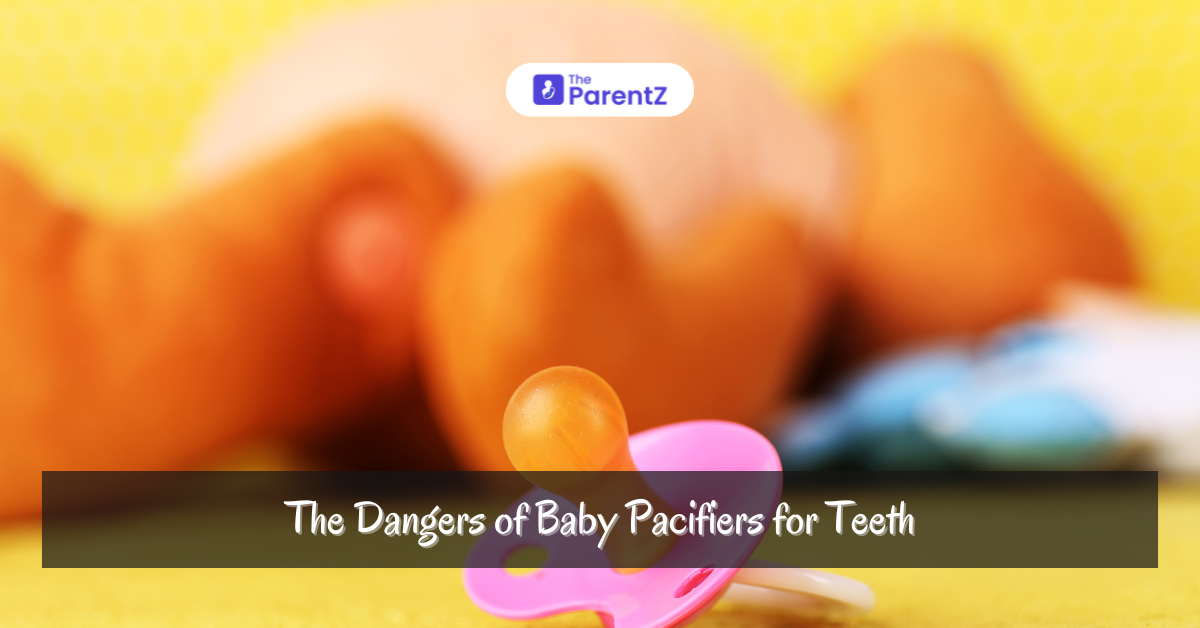Pacifiers are a quick fix for soothing a fussy baby, offering comfort to both infants and parents. However, prolonged use of pacifiers can have detrimental effects on a child's dental development. While pacifiers may seem harmless in the early stages, their overuse can lead to several dental problems that may require corrective treatment later in life. In this article, we will delve into the various risks associated with pacifier use and provide tips on how to mitigate these dangers to ensure healthy teeth development.
The Dental Risks of Baby Pacifiers:
1. Misaligned Teeth:
Prolonged pacifier use can cause the baby’s teeth to shift out of alignment. Continuous sucking places pressure on the gums and developing teeth, which can lead to front teeth jutting out (open bite) or the upper and lower teeth failing to meet correctly (crossbite). These misalignments often require orthodontic treatment to correct.
2. Bite Problems:
Pacifier use beyond the toddler years can interfere with the natural development of the dental arch, leading to bite issues. A pacifier can shape the soft jaw and palate of a baby, causing malocclusion, which is an abnormal bite pattern. If left unchecked, this can affect chewing, speech, and overall oral function as the child grows.
3. Delayed Oral Development:
Extended use of pacifiers can hinder the normal development of the oral muscles, leading to problems like tongue thrusting. Tongue thrusting is when the tongue moves forward between the teeth during swallowing or speaking, which can exacerbate misalignment and create long-term speech difficulties.
4. Increased Risk of Tooth Decay:
If pacifiers are dipped in sugary substances like honey or syrup, they significantly increase the risk of tooth decay. Even though babies may not have a full set of teeth, sugars can cling to the gums and erupt teeth, allowing bacteria to thrive and cause early decay.
5. Speech Development Issues:
Pacifier use can also delay speech development. When a child regularly uses a pacifier, they may have fewer opportunities to babble, coo, and develop essential language skills. Speech impediments, such as lisping, can also result from the tongue's altered resting position due to long-term pacifier use.
Tips to Minimize the Impact of Pacifiers:
- Limit Pacifier Use: Try to restrict pacifier use to nap time and bedtime. This can reduce the negative impact on dental development while still providing comfort.
- Wean Gradually: Aim to wean your baby off the pacifier by 12 to 18 months. The earlier you can eliminate it, the less likely it is to cause long-term dental problems.
- Choose Orthodontic Pacifiers: If pacifiers are necessary, opt for orthodontic pacifiers designed to minimize pressure on teeth and gums, reducing the risk of misalignment.
- Practice Good Hygiene: Always keep pacifiers clean and avoid dipping them in sweet substances. This will help prevent early tooth decay.
Conclusion
While pacifiers offer comfort and calm to babies, their prolonged use can have lasting impacts on dental and oral development. Misaligned teeth, bite issues, and delayed speech are just a few of the potential dangers associated with extended pacifier use. By limiting usage and transitioning your baby off pacifiers at an appropriate age, you can help ensure healthy teeth and gums as they grow. Early awareness and action can set the foundation for a lifetime of good oral health, giving your child the best start for a bright, healthy smile.








Be the first one to comment on this story.